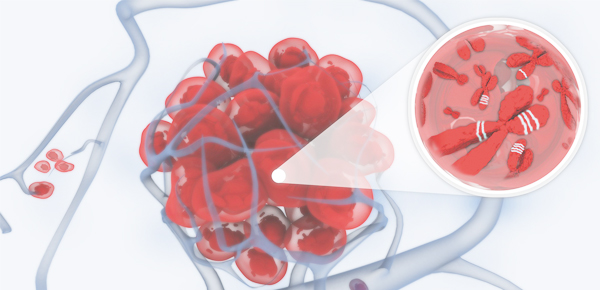


















Role of microRNA-mRNA interactions in Endometrioid Endometrial Carcinoma, a Sample to Insight biological exploration
Endometrial adenoarcinoma is a common cause of gynecological cancer death in Europe and North America. The most dominant subtype, Endometrioid Endometrial Cancer (EEC) accounts for >80% of this cancer and is estrogen-dependent. At diagnosis, 75% of women have the disease confined to the uterus which is considered Stage One. Five-year survival for Stage One patients is 80%, however, about 15–20% develop metastasis. EEC is generally associated with good prognosis, however the clinical course may be unpredictable as four different EEC subtypes have been recently defined. One “transcriptome” subtype has been identified and presents a worse prognosis.
Jean-Noel Billaud, PhD, Principal Scientist, QIAGEN Bioinformatics, presents how our in silico solutions enabled us to analyze and identify the biological parameters involved in EEC tumor progression including signaling pathways, biological processes, and potential transcriptional drivers. Total RNA extracted from tissues obtained after surgical resection from three women at Stage One EEC was subjected to RNA-sequencing. The data was uploaded directly from the Sequence Read Archive and the FASTQ files were processed with Biomedical Genomics Workbench for secondary analysis including mapping, quantification and differential expression analysis. Through streamlined integration analyzed data was seamlessly uploaded to Ingenuity Pathway Analysis (IPA) and Ingenuity Variant Analysis (IVA) for biological interpretation, providing a sample to insight solution.